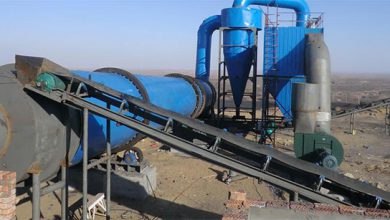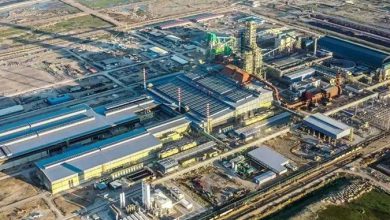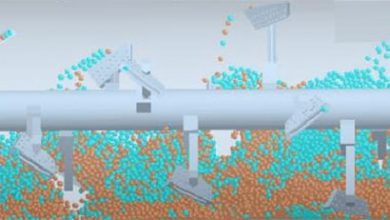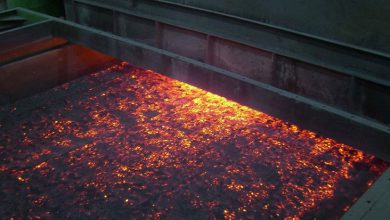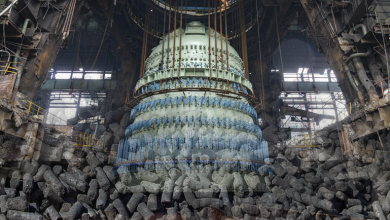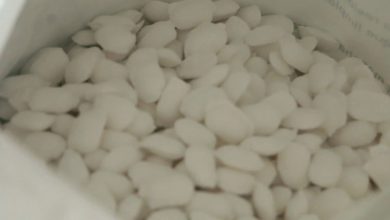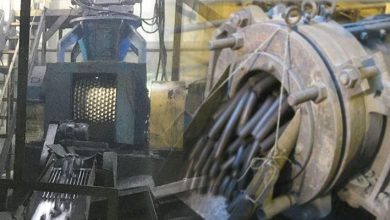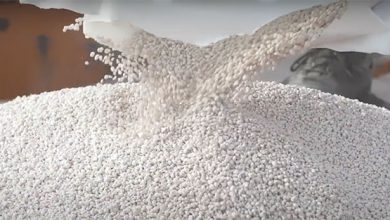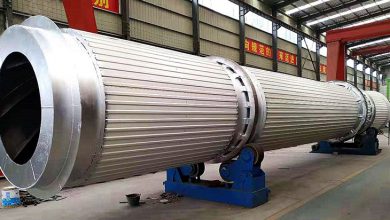Blog
The Maxton blog is here sharing information on technical, updates and news on briquetting, granulation, crushing, grinding, mixing and drying.
-

MIDREX Shaft Furnace Processes for DRI making
History of Midrex Furnace The Surface Combustion Corporation of the United States began researching the direct reduction process using natural gas in 1936. After extensive experimentation, it wasn’t until 1966 that significant…
-

Factors that’ll infect the mixing effect of horizontal intensive mixer in sintering system
Why Using Intensive Mixer in Sintering System The sintering production process primarily involves sintering raw materials composed of iron-containing materials, fuel, and flux. The main components of iron-containing materials include various iron…
-

Mixing and Pelletizing Process in Sinter Production
Mixing and pelletizing processes are very important steps in the sintering production process. Mixing is the careful blending of various components in the batching process, while pelletizing is turning the materials into…
-

Using iron ore and by-product briquette in iron making furnaces
Why Make Cold Iron Ore and By-product Briquettes With the shortage of iron ore resources, the accumulation of various metallurgical wastes, and the environmental pollution issues associated with steel production, the utilization…
-

9 factors that’ll affect the quality of water softener salt briquette
What is water softnter salt briquette Water softener salt briquette, also known as ion exchange resin regenerants, primarily consist of sodium chloride with a content exceeding 99%. It is typically briquetted into…
-

Understanding Coke Fine: Types, Sources, Briquetting and Binder
What is coke fine Coke fine refers to the small-sized particles or fine granules of coke, a carbon-rich material derived from coal or petroleum. These fine particles are typically produced as a…
-

Main Source and Dry Granulation of Ammonium Chloride for Fertilizer
The Main Source of Ammonium Chloride The combined Alkali process (Hou’s process) is an advanced method used for the production of soda ash. Ammonium chloride (NH4Cl) is the main by-product of this…
-

Top 3 high purity quartz manufacturers in the world
High-purity quartz is the raw material for high-grade quartz products and forms the material foundation for high-end products in the silicon industry. Due to its excellent physical and chemical properties, such as…


